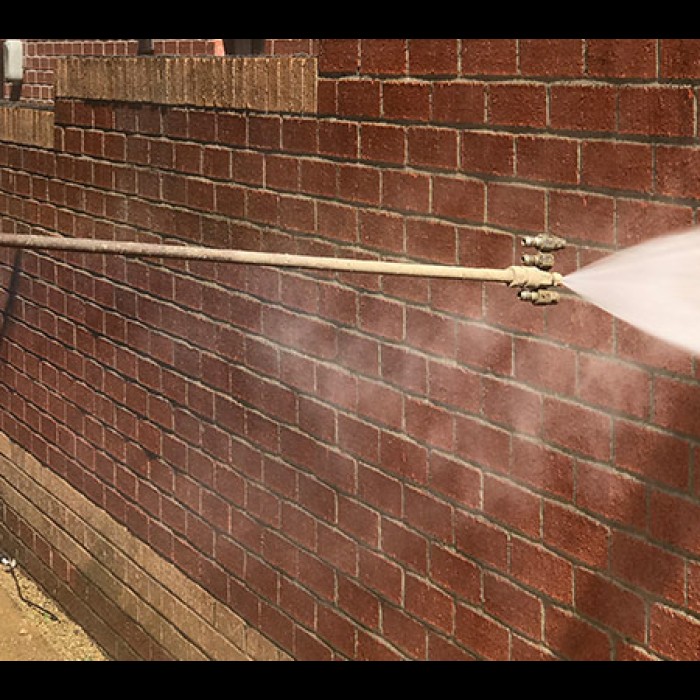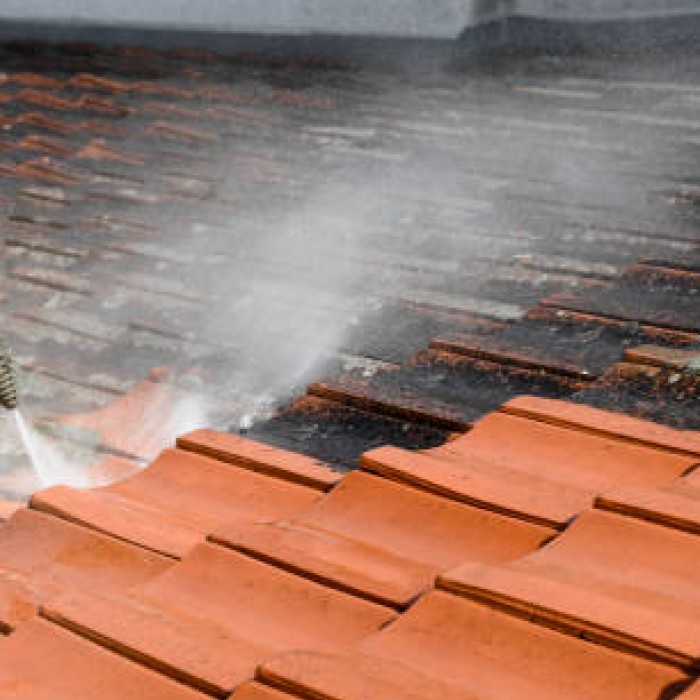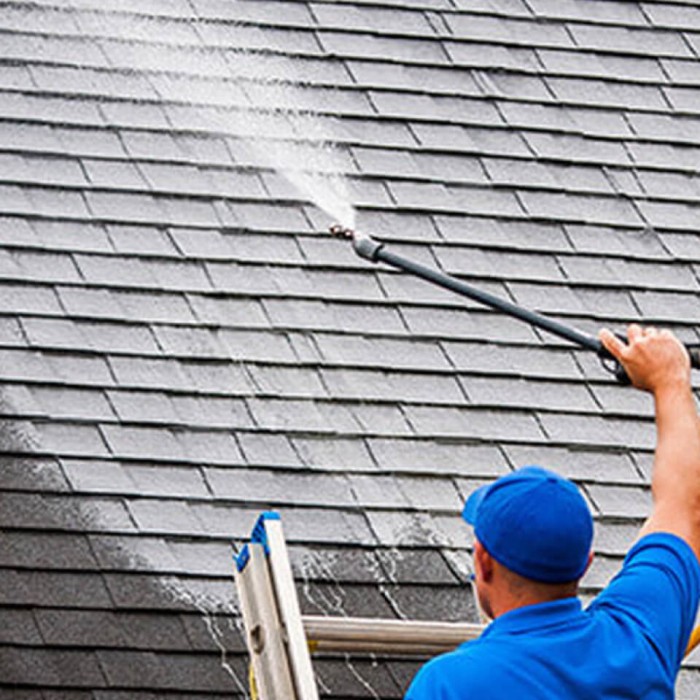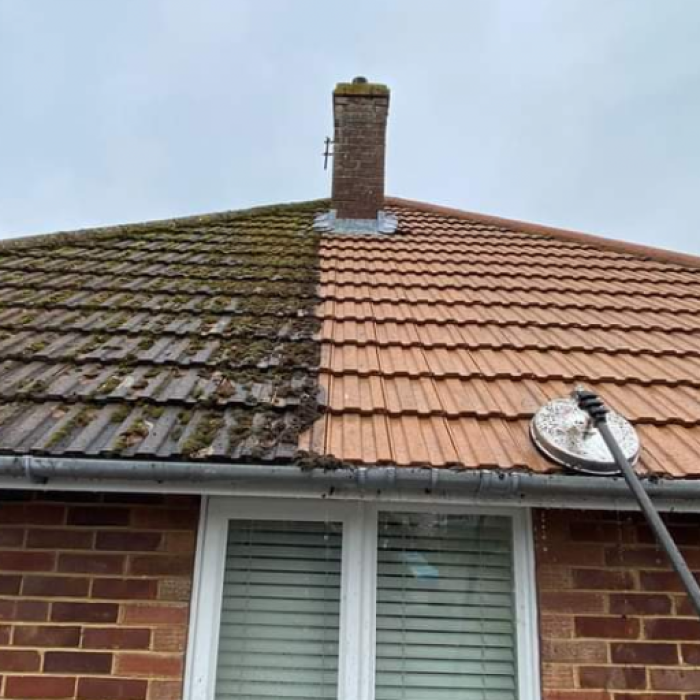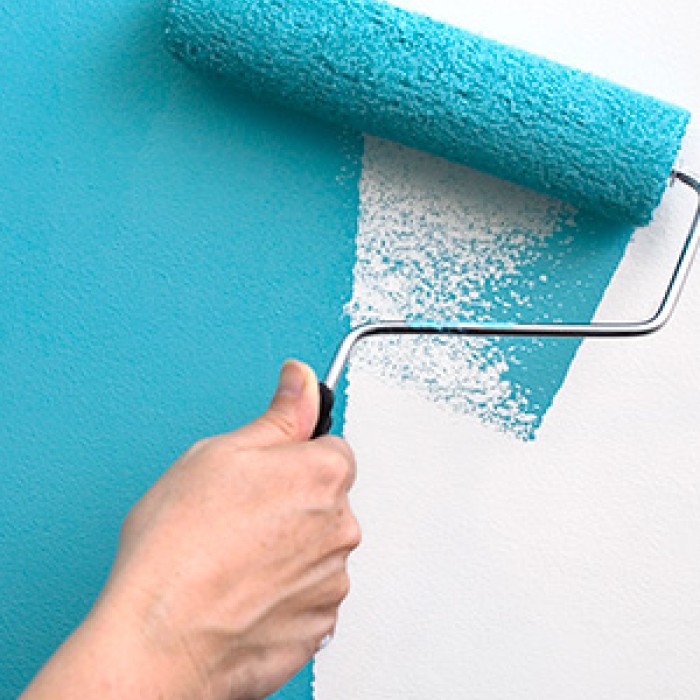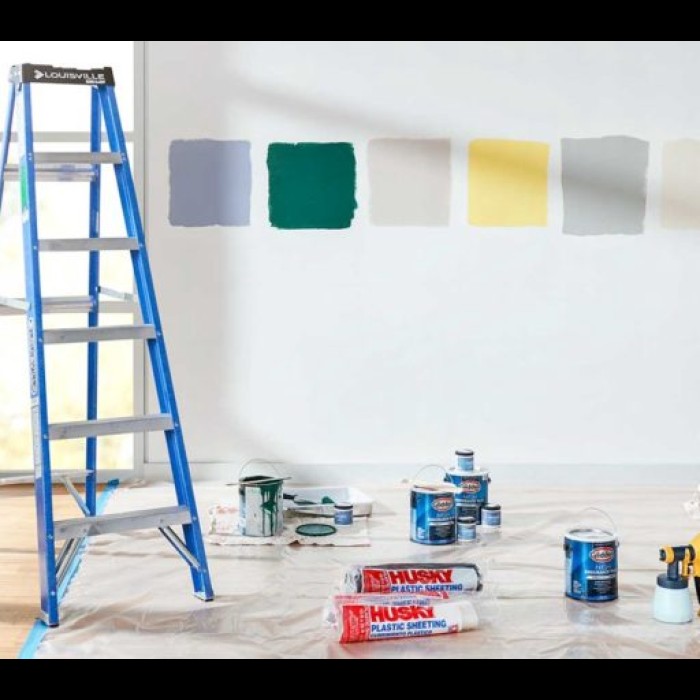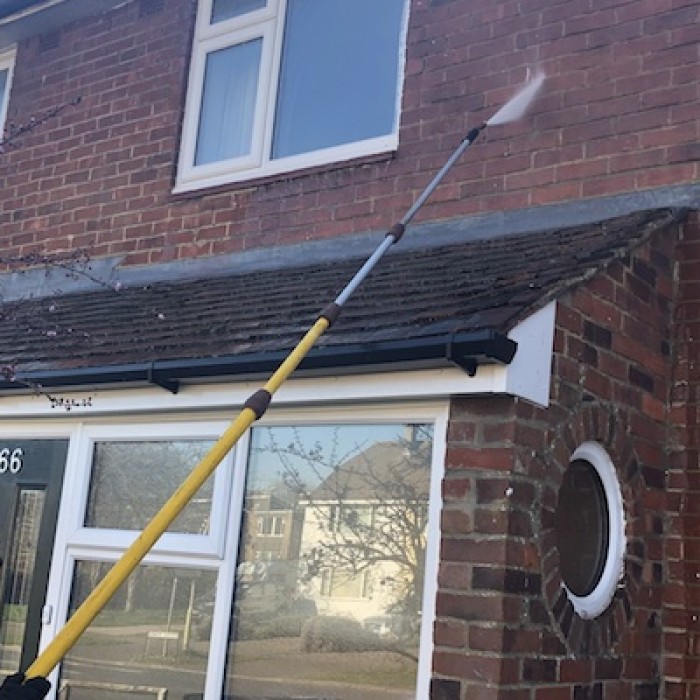Types of Paint and Their Uses | Popular Paint in 2023
Types of Paint and Their Uses
Painting is an art form that allows us to transform and enhance our living spaces. However, selecting the right type of paint for a particular project can be a daunting task. The vast array of options available in the market, each with its own set of properties and characteristics, can leave us overwhelmed. That is why, in this blog, we attempt to describe the most popular types used for various purposes. From water-based acrylics to oil-based enamels, all types of paint possess unique attributes that determine their performance and application suitability. Some paints offer excellent durability and resistance to wear and tear, making them ideal for high-traffic areas. Others excel in providing a smooth, flawless finish, perfect for achieving a professional look.
This article will delve into the world of each such paint and explore the various types available, shedding light on their properties, advantages, and best uses. This article is designed such that it will be of interest to both residential and industrial building owners. We will also look into how professionals paint, after looking into the various paints themselves, so that people can paint in the right manner or if they are trying to DIY it and also to let people see the benefits of hiring such professionals, especially if a huge paint job is what they are trying to complete.
Different Types of Paint
The following are the most popular paints in use today.
Oil Paint
Oil paint is commonly used as a primer, undercoat, and finish coat. It was widely relied upon in the past for its durability and longevity on surfaces, although water-based paints now offer comparable benefits. With its glossy finish, water-resistant properties, and long-lasting abilities, oil paint is ideal for application on metals, walls, doors, windows, and stained surfaces that require durability. However, it is not recommended for use in humid areas due to its long drying time of over 24 hours. Oil paint is known for its easy application and ease of cleaning, making it a popular choice for trim work.
Enamel Paint
Enamel paint, characterized by slow-drying abilities and hardness, provides a glossy finish and is water and stain resistant. It is commonly used in humid and wet spaces such as bathrooms and kitchens, as well as for woodwork, metalwork, and window work that require protection. Enamel paint offers good coverage, hardness, and color retention, making it a long-lasting choice for certain wood surfaces and metals. It's durability and strong adhesion make it a preferred option for surfaces that need extra protection. Water-based enamel paints are also available for those who prefer a water-based option.
Anti Corrosive Paint
Formulated with anti-corrosive elements like linseed oil, zinc chrome, and fine sand, anti-corrosive paints are ideal for metallic surfaces. These paints are used to prevent corrosion on various surfaces, particularly those made of steel and iron. They are cost-effective, long-lasting, and come in black. Anti-corrosive paint is commonly applied to pipes, external structures, and metallic works that are exposed to rust, chemicals, or environmental degradation.
Bituminous Paint
Bituminous paint, characterized by its black, tar-like appearance and alkali-resistant properties, is formulated using dissolved asphalt and/or tar. It provides a protective, water-proof, weather-proof, chemical-resistant, and corrosion-resistant layer, making it ideal for metalwork, pipework, woodwork, and underwater structures. However, it is not recommended for areas exposed to sunlight as it tends to deteriorate under direct sunlight. Pigments can be added to achieve a specific colour with this type of paint.
Aluminum Paint
Aluminum paint is created by mixing aluminum particles or flakes with oil/spirit varnish. It offers resistance to electricity, weather, and corrosion, and is waterproof. This type of paint gives a silvery finish and is commonly used for hot water tanks, hot pipes, masonry, and oil storage tanks. It is popular for its electricity and corrosion resistance and can be applied to metals and wood as well. Many building tanks and radiators are coated with aluminum paint.
Cement Paint
Also known as whitewash or distemper paint, cement paint is made from a mixture of lime, chalk, pigment, water, and glue. It is suitable for application on cement and rough interiors/exteriors without the need for primers. Cement paint offers a cost-effective solution and does not crack due to sunlight exposure. Water-based distemper paint is recommended for excellent finish and durability.
Custom Paints
Apart from the popular types mentioned above, there are also custom paints available that cater to specific needs and preferences. These paints offer unique finishes, special effects, and customization options for a personalized touch. Custom paints are often used by homeowners who want to add a distinct flair to their living spaces, allowing them to create a truly customized and one-of-a-kind look.
How Professionals Paint
Now that you know the most popular types of paint that exist in the wild, you need to know how the actual professionals use them. Professionals will have lots of experience painting, and can thus determine what kind of paints are used for a particular surface. They particularly start with cleaning the surface, applying a first coat, possibly a type of primer coat chosen for the specific situation. They then, depending on the circumstances will apply many layers of paint starting from the top as an undercoat until the desired thickness is achieved and will finish it with a finishing paint coat having attention to detail and in the context of the required color and texture.
Conclusion
As you can see, understanding the different types of paint and their unique properties is crucial when it comes to selecting the right paint for your specific needs. From water-based acrylics to oil-based enamels, each type has its unique characteristics, such as durability, ease of application, and finish. For industrial uses, anti-corrosive paints and things like bituminous rubber paints are very useful. Enamel paint, with its glossy finish and durability, is a good choice for both residential and industrial uses. When selecting paint for your project, consider factors like the surface you're painting, the desired appearance, and the environmental impact. Remember to choose high-quality products from trusted brands and take the help of professionals like worldwide services that can paint fast and without mistakes.








